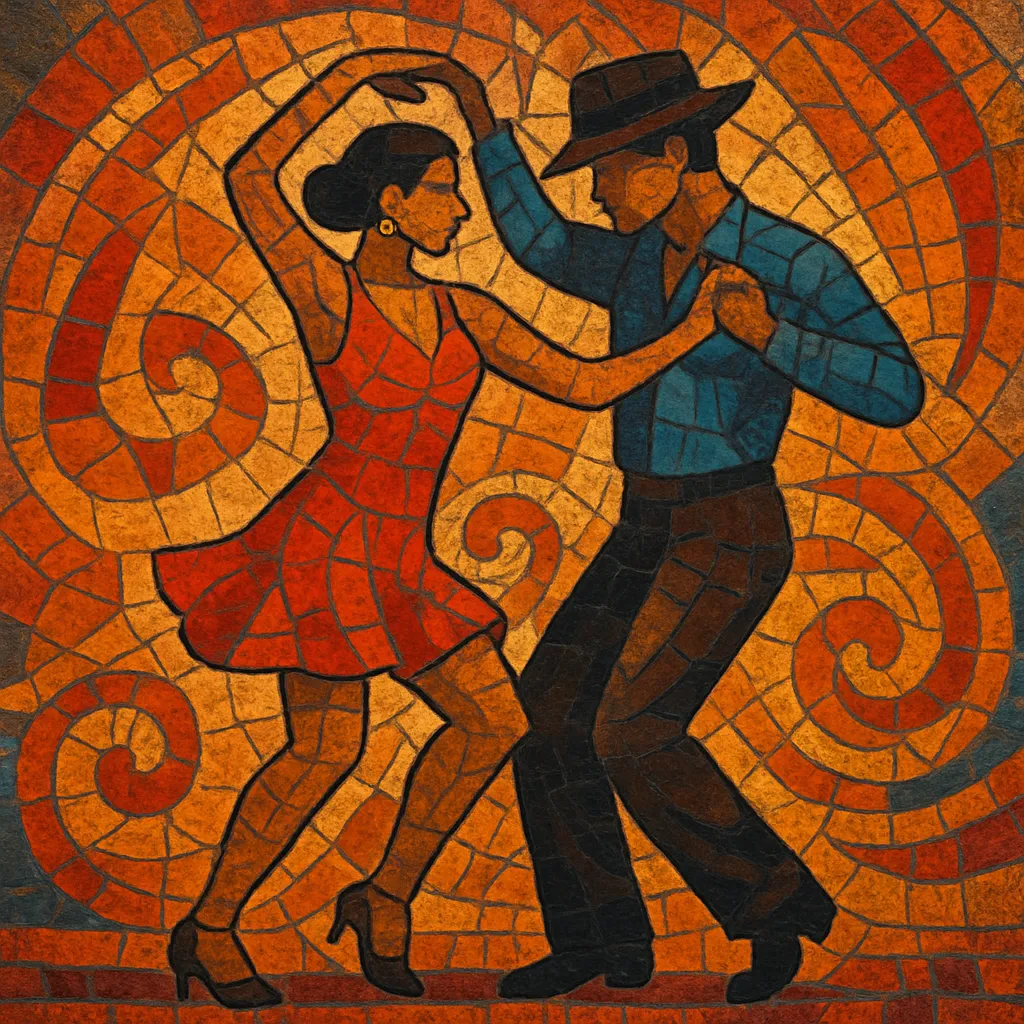Baila is a lively Sri Lankan party music and dance style built on driving 6/8 rhythms, sing‑along refrains, and humorous, colloquial lyrics. It is a social music meant for weddings, festivals, and street parties, where audience participation, call‑and‑response, and dancing are essential.
Emerging from Portuguese colonial and Afro‑Sri Lankan (Kaffir) musical traditions and later absorbing island pop and Caribbean influences, baila typically features bright guitars, percussion (congas, bongos, cowbell), drum kit, accordion or keyboards, and often brass sections. Harmonies are simple and diatonic (often I–IV–V), while melodies are catchy and repetitive to keep dance floors moving.
Baila’s deepest roots trace to the Portuguese presence in Sri Lanka from the 1500s onward and to Afro‑Sri Lankan (Kaffir) communities who brought dance‑song traditions with lilting, compound meters. Early forms such as kaffrinha/kafringa blended Portuguese and African musical traits with local languages, creating a festive, participatory repertoire that would later inform modern baila.
While the stylistic seeds are older, the modern, widely broadcast form of baila coalesced in the 1940s. Entertainers such as Wally Bastiansz adapted the older dance idiom into Sinhala‑language comic songs with clear verse‑chorus structures and memorable hooks, recorded on 78 rpm discs and carried by radio. Brass and marching‑band traditions on the island further shaped the energetic public‑party feel of the genre.
From the 1960s onward, baila flourished through dance bands and singers who blended it with island pop, jazz touches, and Caribbean styles like calypso. Artists such as M. S. Fernando and Desmond de Silva, and groups like The Gypsies (led by Sunil Perera), standardized the party‑band format—guitars, percussion, keys/accordion, and sometimes horns—while keeping lyrics witty, topical, and crowd‑friendly. Baila became a staple at weddings, seaside resorts, and national festivities.
Modern baila embraces electronic keyboards, drum machines, and pop production while retaining its core 6/8 swing and call‑and‑response choruses. DJs and live bands alike extend grooves, add breakdowns, and encourage audience chants, ensuring the genre remains a living social music that bridges generations at Sri Lankan celebrations and within the diaspora.


